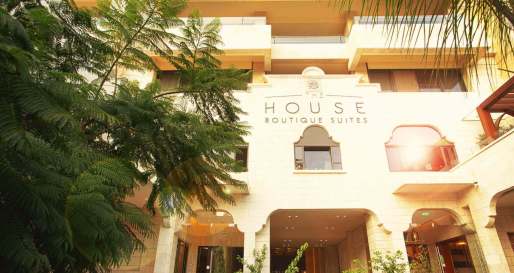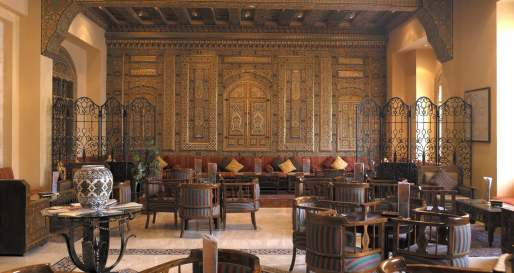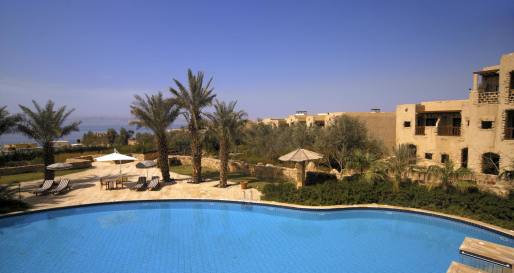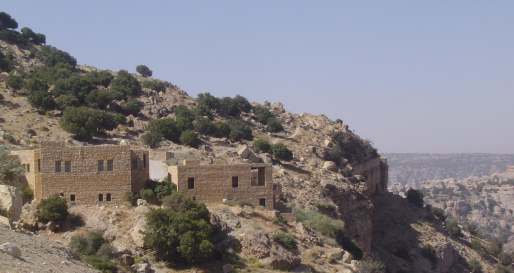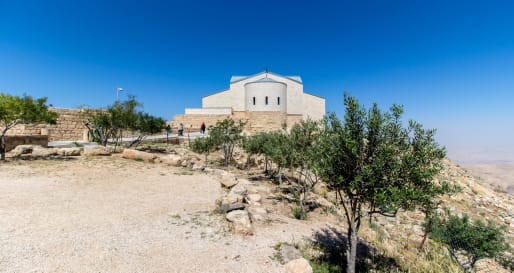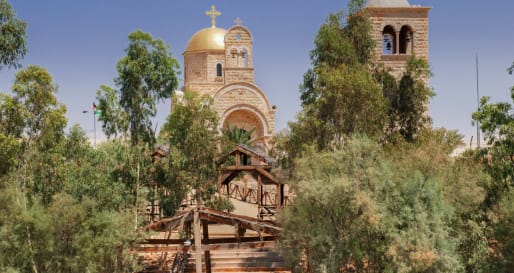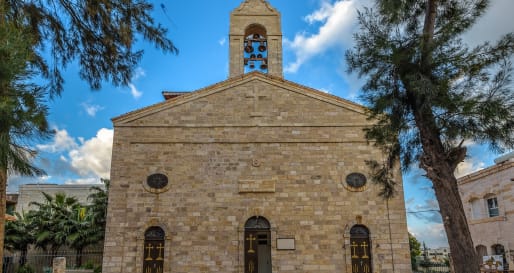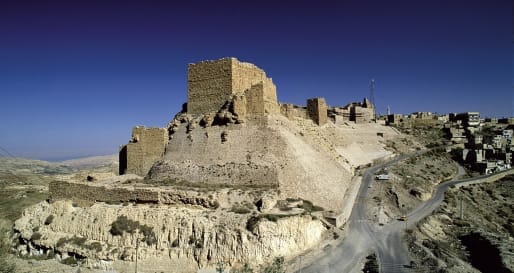Madaba
Known as the City of Mosaics, Madaba is most famous for the Church of St George which contains a superb mosaic map of the Holy Land dating from 560AD. There is an interesting visitors' centre which explains the map in more detail.

Area
Dead Sea - Jordan Side
Type
Art & Architecture
History
Grade
Standard
Who
Adults
Difficulty
Moderate
Duration
1-2 Hours
The mosaic was discovered in 1885, when a flat area on a hill was chosen as the site for a new church. When the area was cleared for construction, a large mosaic was discovered. The mosaic once covered the floor of an ancient Byzantine church built around 560 AD. The original mosaic was originally an impressive 15.7 x 5.6 m, but the remains are about a quarter of this size. It displays all the major cities and features in the Holy Land with remarkable accuracy. Jerusalem, with all its major features, is the most important city and is placed in the centre of the map. The Church of the Holy Sepulchre is clearly shown, as is the Cardo Maximus, a colonnaded main street that ran east-west through the centre of the Old City.
There are 157 Greek captions that label most of the important towns and features of the Holy Land at that time. The mosaic also includes the Jordanian towns of Kerak and Madaba.
Recommended Hotels Nearby
A selection of luxury hotel options in the area, handpicked and recommended by our travel specialists.
More Experiences in This Area
Discover more things to do in the area and chat to our specialists about crafting these experiences into your tailor-made holiday.
Call us on 020 8682 5068 to start planning
